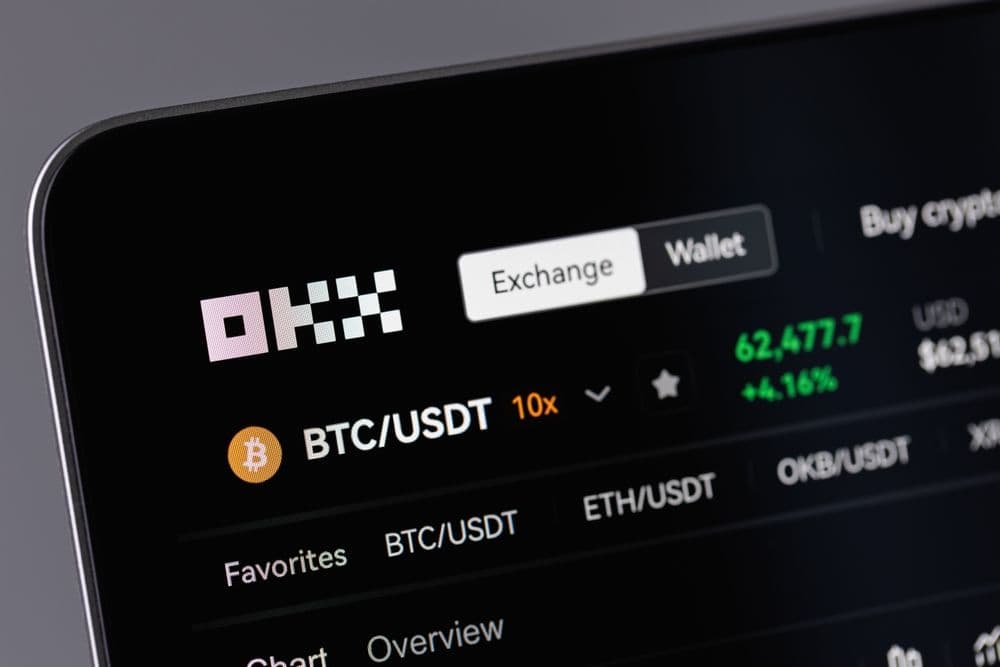 Ferrari’s luxe spin into crypto: token auction aims to engage tech-savvy elite. (Shutterstock)
Ferrari’s luxe spin into crypto: token auction aims to engage tech-savvy elite. (Shutterstock)The “Token Ferrari 499P” is designed for members of Ferrari’s Hyperclub, an ultra-limited group of around 100 of the brand’s most devoted endurance-racing fans, to trade among themselves and bid on a rare racing model, the Ferrari 499P, which recently won three straight editions of the 24 Hours of Le Mans, according to a Reuters report.
The action leverages several strategic themes: luxury brand identity and community, leveraging younger tech-affluent constituencies, and surfing general AI-, data-centre and crypto-related capital trends. Reuters reports that Ferrari now accepts Bitcoin, Ethereum and USDC as payment for cars in the United States since 2023, and rolled out the service to Europe last year. Among the high-profile backers of the broader crypto market, the article mentions the support of figures such as Donald Trump, though this appears more a commentary on market sentiment than Ferrari’s direct strategy.
From Ferrari’s vantage point, this token launch ticks several boxes. It provides more engagement with ultra-high-net-worth, younger buyers whose wealth is increasingly centered on technology, AI infrastructure, and cryptocurrencies rather than traditional asset classes. Having a token that is tailored for this group makes Ferrari cool and relevant.
The token is not purely transactional, by inference, it is a membership-plus-access device, enabling Hyperclub members to trade between themselves and auction off a high-profile product, the 499P. So Ferrari appears to be constructing a gated internet world for its most ardent customers, encouraging brand prestige alongside exploring fresh monetization schemes. By making a leap into the tokens space now, Ferrari revs up its brand narrative around innovation, and luxury brands increasingly are looking at Web3 mechanisms as a way of signalling cultural relevance, especially to technology natives. To that degree, the move may be about as much brand hype as it is about stream of revenue.
There remain a number of risks and unknowns nonetheless despite the enticing brand story. On the regulatory front, Conio remains awaiting a license under the European Union's newly implemented crypto-asset regulation, dubbed Markets in Crypto-Assets (MiCA). The absence of absolute regulatory clarity carries potential compliance risk to Ferrari and the token-holders alike. Market-wise, tokenizing a high-end asset is problematic from a liquidity, valuation, and ownership rights' perspective. When it is only traded among a restricted private circle of members of the Hyperclub, there may be thin liquidity, and the token value would be highly dependent on the base asset, the 499P, as well as market demand.
Alongside that, if token-holders' rights are ambiguous, be they equity holders, bidding right holders, or mere membership access holders, financial and legal ambiguity may follow.
The most significant facts at hand today are that the token will be for Hyperclub members; it will be made to trade between members; and it will support bidding on the 499P. It will allegedly start with the start of the 2027 season of the FIA World Endurance Championship.
Elsewhere in Ferrari, the move is part of a broader trend: luxury brands are starting to experiment with blockchain, tokenization and digital-asset mechanics as they seek to stand out and connect with next-gen consumers. For the overall Web3 ecosystem, the move indicates how tokens are evolving from speculative retail wagers towards access-tier and brand-community models. For all who follow investment and trends at the nexus of technology infrastructure and flows of capital, the case is particularly insightful.
The "Wealth 3" phenomenon of AI compute-generated wealth, data-centres and ownership of infrastructure is driving new luxury consumption and participation patterns. If high-end brands such as Ferrari are able to apply Web3 mechanics successfully, coupled with preserving exclusivity, governance and brand integrity, there may be more tokenization of luxury assets, membership entitlements and access-based experiences. However, if these efforts devolve into speculation without substance, they could expose the brand to reputational and regulatory setbacks.
Ferrari’s Token Ferrari 499P initiative represents a sophisticated blend of luxury brand strategy, Web3 innovation and engagement with ultra-affluent tech-native patrons. By aligning its most exclusive community with crypto-based tokens tied to a trophy racing car, Ferrari is redefining brand-loyalty mechanics for the digital era. Yet the success of this experiment will depend on execution, clarity of token rights, regulatory compliance, liquidity for token-holders, and brand-appropriate governance.

ASIC unveils new digital-asset framework

Magma CEO Matthieu Merchadou interview

OKX launches Rubix

Core42 launches UAE’s first AI cloud with NVIDIA